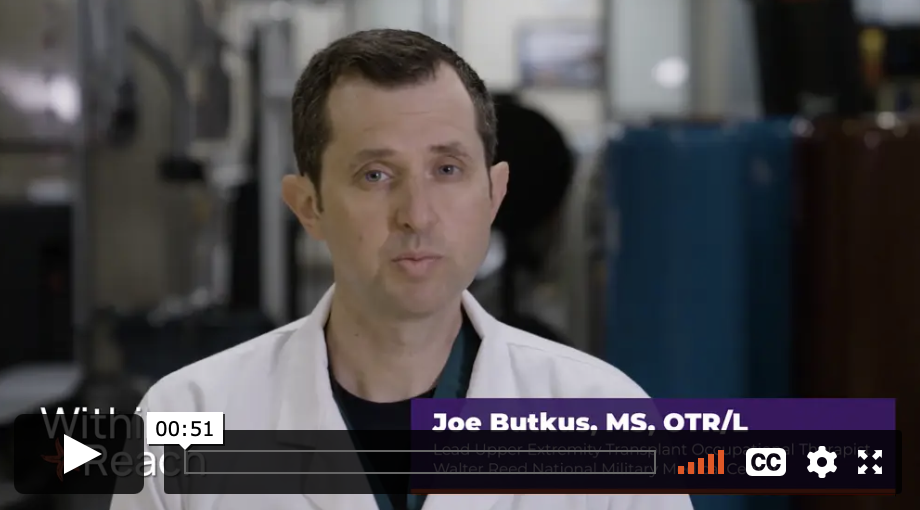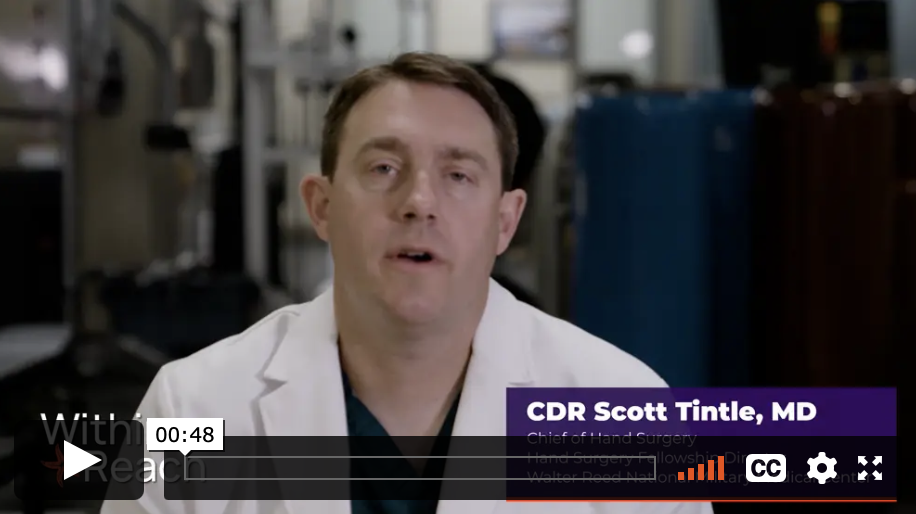Home > Hand/Arm Transplant > Potential Benefits
Potential Benefits
Psychosocial Benefits
Emotional
Hand/arm transplant recipients may feel emotional relief at feeling “normal,” or not being stared at.
Communication
A recipient may regain the ability to shake hands, which can be meaningful when meeting new people or greeting family or friends.
A recipient may gain the ability to “talk with their hands” and communicate using motions, gestures, signals, signs, or waves.
Intimacy
A recipient may gain the ability to feel with their hand/arm.
A recipient may show affection and intimacy through hand contact.
Social
A recipient may feel less heightened awareness of how they are perceived, which is common among people with amputations.
A hand/arm transplant may eliminate a recipient’s desire to hide the residual limb(s) from others.
A recipient may gain more comfort in going out in public.
A hand/arm transplant may help a recipient sense where their hand/arm is and how it moves through space (“proprioception”).
A recipient may regain their ability to “look in my pocket,” or recognize objects with their fingers without needing to look at objects with their eyes.
Identity changes
A recipient might experience certain feelings about integrating their new hands/arms into their body and identity. Such feelings may be about a recipient’s sense of wholeness and/or their sense of normalcy.


